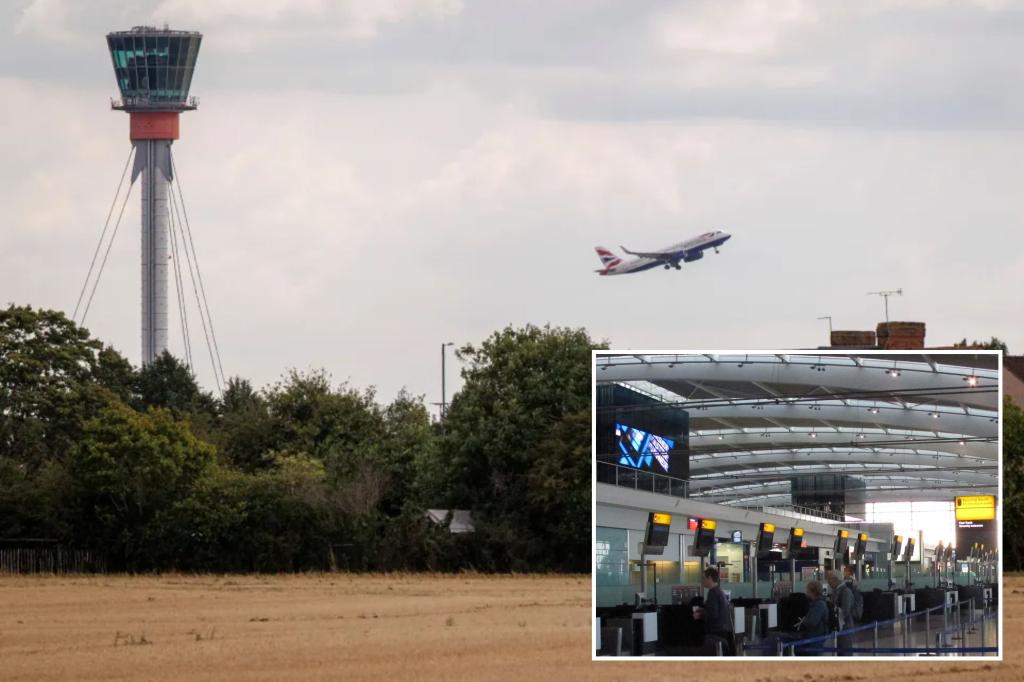Global Airport Disruption: Cyberattack Paralyzes Check-in Systems Across Europe
In a troubling development for travelers across Europe, a sophisticated cyberattack targeting Collins Aerospace has thrown major airports into disarray, causing significant flight delays and cancellations throughout Saturday. The attack specifically compromised check-in and boarding systems at several prominent European aviation hubs, including London’s Heathrow, Brussels Airport, and Berlin Airport. The incident has forced airport staff to abandon automated procedures and resort to time-consuming manual check-in and boarding processes, creating a ripple effect of disruptions across flight schedules and leaving thousands of passengers in uncertainty.
The technical issue at Collins Aerospace, a subsidiary of RTX Corporation that provides essential operational systems to numerous airlines across multiple airports worldwide, emerged with little warning and immediately impacted the ability to process passengers efficiently. London’s Heathrow Airport, one of the world’s busiest international airports, quickly issued warnings of potential delays as the situation unfolded, acknowledging the severity of the disruption. Despite repeated attempts to contact RTX Corporation for comment and clarification on the attack’s nature and expected resolution timeline, representatives were unavailable due to the incident occurring outside standard U.S. business hours, further complicating information flow to affected travelers and airport authorities scrambling to manage the crisis.
Brussels Airport, among the hardest hit by the cyberattack, transparently described the situation on its website, explaining that the outage had completely disabled their automated passenger processing capabilities. Their announcement painted a bleak picture of the operational reality: “This has a large impact on the flight schedule and will unfortunately cause delays and cancellations of flights.” The Brussels Airport statement also attempted to reassure travelers that Collins Aerospace technicians were “actively working on the issue and trying to resolve the problem as quickly as possible,” though without specifying any estimated timeframe for restoration of normal services. This uncertainty further exacerbated the stress for thousands of passengers with weekend travel plans, many of whom had already arrived at affected airports only to face extended wait times and possible cancellations.
As the situation evolved, airport authorities across the affected regions moved quickly to implement contingency measures and communicate with passengers. Berlin Airport displayed a prominent banner on its website acknowledging “longer waiting times at check-in” due to “a technical issue at a system provider operating across Europe,” while assuring travelers they were “working on a quick solution.” All impacted airports uniformly advised passengers with flights scheduled for Saturday to take the precautionary step of confirming their travel status directly with airlines before heading to the airport—a practical recommendation that nonetheless highlighted the severity of the disruption and the uncertainty surrounding when normal operations might resume. The coordinated response demonstrated the aviation industry’s resilience protocols while simultaneously revealing the vulnerability of interconnected digital systems that modern air travel depends upon.
Interestingly, the cyberattack appeared selective in its impact, with some major European aviation hubs reporting normal operations despite using similar systems. Frankfurt Airport, Germany’s largest and one of Europe’s busiest transit points, confirmed it had not been affected by the technical issues plaguing other locations. Similarly, an official from the operations control center at Zurich Airport stated they had experienced no disruptions related to the Collins Aerospace system failure. This uneven pattern of impact raised questions about the targeted nature of the attack or potential differences in system implementations across various airports, adding another layer of complexity to understanding the full scope and methodology behind the cyberattack.
The incident serves as a stark reminder of the aviation industry’s increasing dependence on digital infrastructure and the catastrophic operational consequences that can result from targeted cyberattacks. As passengers faced disrupted travel plans and airlines scrambled to implement manual workarounds, the broader implications for cybersecurity in critical transportation infrastructure became painfully apparent. The attack demonstrates how a single compromised service provider can cascade into international travel chaos affecting thousands of travelers across multiple countries simultaneously. As cybersecurity experts and aviation authorities inevitably conduct post-incident analyses in the coming days, the event will likely accelerate discussions about resilience, redundancy, and security protocols for essential aviation systems that keep global air travel functioning smoothly in an era of escalating digital threats.


